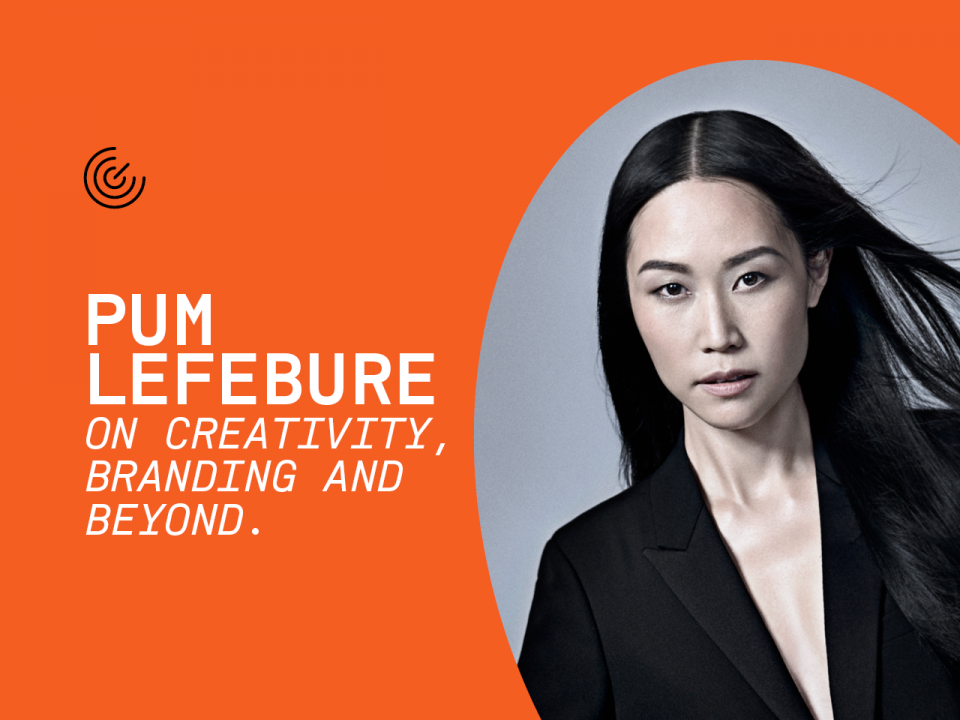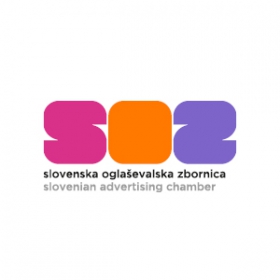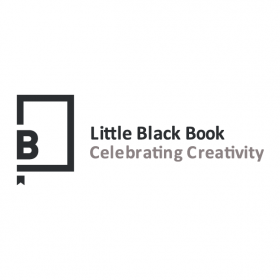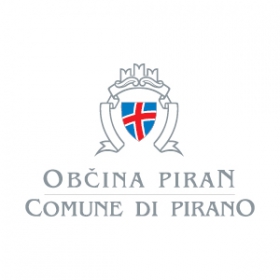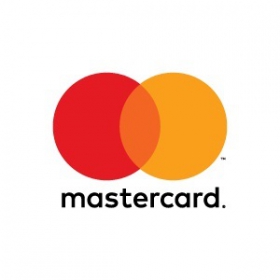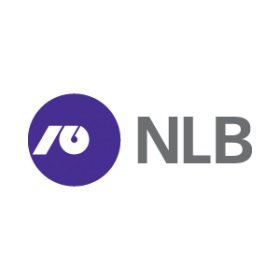Dear Drummers,
In anticipation of the 30th Golden Drum Festival, we have a special treat for you. We sat down with Pum Lefebure, the Co-founder and Chief Creative Officer at Design Army, and our distinguished jury president, to discuss some key topics, including creativity, branding, and the delicate balance between purpose and profit. Dive into our conversation to discover her expert advice and unique perspective on navigating the dynamic world of design and creativity.
Do you have any tips on how to grow as a creative?
There are three things that I think are very important. Everyone has their method, but what I’ve observed with me and my team are these three things to grow as a creative. The first one is passion. You have to love what you do. Whether it’s design, copywriter, or creative director, you have to be passionate about it. Otherwise, it’s really hard to grow. People who are passionate about their jobs don’t see a difference between work and play. And if your job is something that you would love to do for the rest of your life, you’re more likely to be more successful.
The second one is adaptation. I’ve been in business for 20 years now. Things change all the time so adaptation is the only way to survive. Advertising and design change so much every year and whatever is cool today might not be relevant six months from now. So as creatives, we always have to adapt to the latest and greatest. For example, two years ago, I was wondering about AI and I started playing with Mid Journey. Then we ended up with a really big campaign called Adventure in AI for the Georgetown Optician and we were one of the first to use AI to create a campaign. So, if you want to grow, you have to adapt and be the first to experiment.
And lastly, I think, you have to be laser-focused on what you want to be good at. I find a lot of younger creatives want to do many different things. They want to be a designer, a musician, a copywriter, they want to do it all. Some people can do that, but before you do three things well, let’s do one thing very well first. Because that’s how you grow. For example, if you’re an athlete, the more you practice, the better you get. If you're a musician, the more you play the instrument, the better you get, right? So you can do 10 things, but I think being laser-focused on what you’re passionate about and feeling like that’s something you can do for the rest of your life, that’s going to help you grow faster.
How do brands »brand« our brains? Which brand is the most consistent in doing so?
Brands use design, such as logos, colour, sound, and messaging to create memories in our brains. When I say, what’s the colour of Coca-Cola?
(Red)
What colour is Tiffany?
( Turquoise)
What’s the colour of America?
(Blue, red, and white.)
Whether it’s a country or something else, everything is a brand. Even when you watch Netflix, you know the sound “doom doom”. That is branding–sonic branding. So those elements, what we associated with the brand, that feeling of “Okay, the movie is about to start,” that’s the Netflix brand. And those design cues are shaping consumer psychology and behaviour. We either recognize the brand or not. So that’s one thing.
The second, brands build emotional connections through ad campaigns and storytelling that move us emotionally. When consumers resonate with a message, let’s say an Apple Christmas commercial makes you sad or something that touches your heart, you’re more likely to buy that product. So advertising helps to move a brand or connect it with consumers emotionally. Even when you think about fashion, some brands are very successful in branding. When you wear Nike, what does it mean? When you wear Adidas, it’s a different kind of people, right? People care about the brand because it represents who you are. If someone likes to wear a Louis Vuitton T-shirt, you think “She likes luxury”. If someone wears Nike, you think they’re sporty. If you wear a Gucci jacket, you think “ She’s very into brands and is a fashionista”. And when a brand is successful, people not only buy the product, but they protect the product. They almost like to defend the brand in a way.
I think Nike and Apple year after year have done the best branding, both from the design portion, as well as advertising. I mean, think about it. For example, everyone has a phone, right? You can have an iPhone or you can have a Samsung. They’re both doing the same thing. But why do I use Apple? Because this is a brand that feels hip and cool, it’s fun and it’s for creative people. They take good pictures, I can make videos with them. So it kind of represents who I am in a way, subconsciously. And then, for someone who uses Samsung, it’s just different. Maybe they think it’s better for business. It depends on where you’re in the world too.
In your opinion, which are the »hottest« brands in the world right now and why?
Loewe is one of the coolest brands right now thanks to their design-led, smart social marketing. Hermès is always desirable with a deep understanding and respect for heritage and craftsmanship. And Stanley Cup is making a huge come back by retargeting to Gen Z.
What should a brand "on top" keep in mind to avoid making costly mistakes and ending up on the "discount rack"?
Market research is a thing you have to do. It’s a combination of three things. You need to use data to inform, to understand who your customers are. Let’s say a brand decides they want to go after Gen Z, but if they research their customers, it might be mostly younger millennials. They’re not the same generation. So, let’s say there’s a fashion brand that wants to go after Gen Z. Gen Z wants lavender t-shirts, whereas millennials want more neutrals, maybe grey, or something that’s beautiful for travel. Then you start producing lavender. You’re going to lose the millennials because they don’t want to wear a bright neon lavender that’s on trend. They want to wear something that lasts a little bit longer. So, having market research is crucial. However, you also have to take some risks because you don’t want your product to be so plain Jane. Everyone goes to trend forecasting, WGSN, and Nelson Global, so everyone’s reading the same trend too. The brand needs to have its own understanding and uniqueness to be able to look at the data, look at the trend, and also innovate based on that. So, it might not be bright lavender, it might be a grey sweater with a touch of lavender as a floral motif. It has to be distinctive on your product. A lot of brands are testing customers to death, which is fine, but I find that younger and more cool and hot brands use that intuition and a little bit more risk. They might test, but some people don’t test at all because that’s how you innovate. Because if you are testing consumers and everyone says “Okay I don’t like this grey sweater with purple lavender flowers, I prefer grey sweaters,” then you’re just gonna be like your competitor. So I think it’s a combination of being informed but also innovative.
In your long and successful career, have you ever found yourself thinking: “I don’t give a shit”?
Day to day, no. Me and my team, we care deeply about what we do. We are very passionate about design and doing something meaningful and beautiful that will stand the test of time, like the Hong Kong Ballet projects. We want to create references and meanings to the world. The most important project you’re ever working on is the one that’s on your desk right now. Because you have the power to make a change, innovate, and make it trending. It’s in your hands. And I think a lot of people often dream about doing other projects, but with that, you miss the opportunity that’s right in front of you. So with the “I don’t give a shit” attitude, you can’t grow as a creative. You should give a shit. If you don’t, you shouldn’t be in this business. The only thing I might “not give a shit” about is what people think about our work. You can’t expect 100% of the people to love your work. One of the quotes I love is by Tibor Kalman: “When you do something no one hates, no one loves it.” So, you can’t expect your work to be 100% loved, but at least you’re taking a risk. Because when you do something everyone likes, that’s vanilla work. And vanilla flavour ice cream is very popular, but it’s not really creative, like sesame, green tea, raspberry, mango, and hot sauce. So, I do give a shit, but I don’t sweat too much if someone doesn’t love our work.
Is Purpose (building long-term value for the brand) out and Sales impact (building short-term revenue) in?
I think you have to do both. Because if you think too long-term, you might not be in business next year. It's important to think short term, but if you only have sales in mind and you go wherever the wind blows, you won't have a brand left. So you have to understand trends, but you have to be smart about which trends not to follow because it doesn't align with the brand. For example, as a fashion brand about sustainability, if there's a trending plastic product, are you gonna produce that product to create short-term revenue? No, because as a brand, you have to know that's not what you stand for. So, I think sales impact is really important, but it's about balancing the two. You can't be successful as a brand without one or the other. Every brand should have a purpose, and a long view, but be agile at the same time.
It's like driving a car. You're driving on the road wanting to get to the end destination, but at the same time, there's a sunflower field. You don't want to ignore that completely. You might want to stop and smell the roses for a little bit. So you can do both. Because without revenue, you cannot have a long-term brand either. But if I have to pick, building long-term value for the brand is more important.
